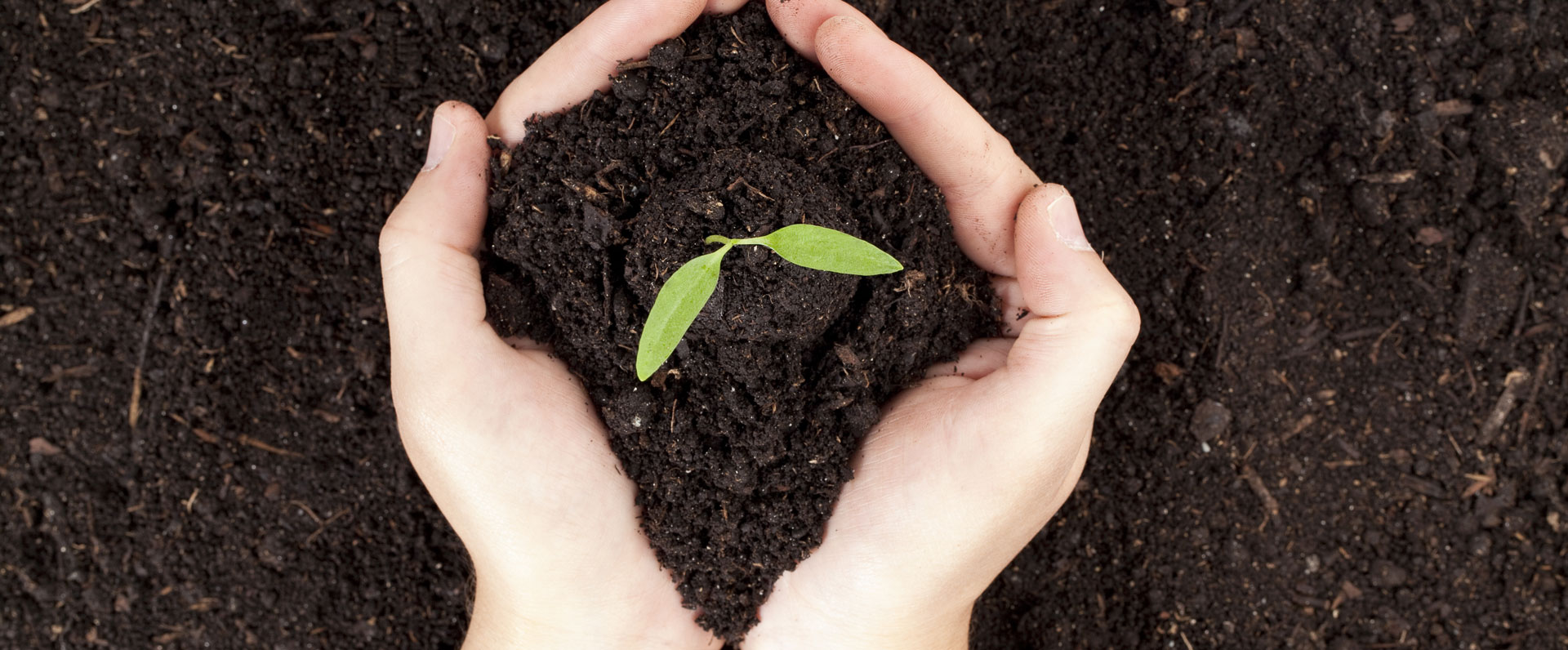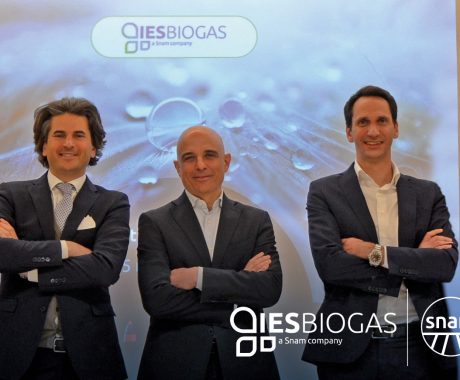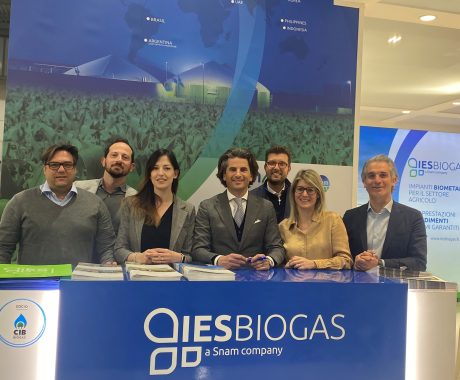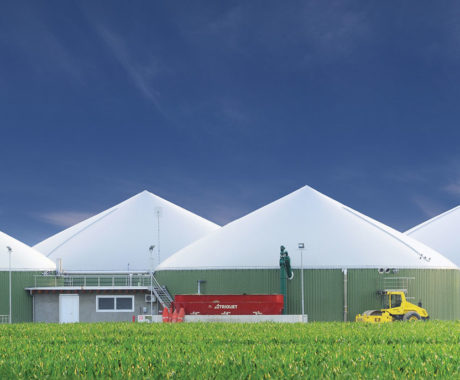News
Biogas Avellaneda, a best practice in Argentina
One of the biggest biogas plants in South America
A few questions to the biologist Alejandro Bertolin
It is one of the biggest biogas plants in South America in terms of electrical power generated. Avellaneda is located in the province of Santa Fe and produces 6,800kW at full power, which are fed directly into Argentina’s national electricity grid, meeting the needs of over 12,000 households. In just five months, the team delivered a 100% turnkey and operational plant to the client Avellaneda, after passing all performance tests.
Argentina is a strategic country for IES Biogas: in the small town of Christophersen, at the General Lopez Department in Santa Fe, it has also built a 1,400 kW biogas plant for Adecoagro, an important South American agri-food company, and has other projects in progress. In 2015, it opened its first operational branch in Buenos Aires, a sales and technical-commercial assistance hub for the entire South American market: thanks to its warehouse and on-site service, the company is able to guarantee intervention services in all types of technology and for any producer.
The Avellaneda Biogas plant, fed by waste from the production of bioethanol, corn flour, glycerine and pomace, has been operational since 2019: how is the collaboration with IES continuing today? We asked it to the engineer Alejandro Bertolin, biologist in charge of the plant.
Why did your company choose a biogas plant?
We were looking for an eco-friendly alternative (more sustainable both economically and environmentally) for the treatment of vinasse (or thin stillage), a by-product of ethanol production. The Argentine government has also started to provide the necessary tools for the production of renewable energy.
Why did you choose IES Biogas?
We chose IES Biogas because it is a company with many years of experience in the field. Moreover, by treating different substrates than the usual ones (we are talking about thin stillage, flour and glycerine), it was necessary a company with features like IES Biogas to this kind of project.
How does your biogas plant work and how much does it produce in terms of energy and compost?
The plant has been working for an year on its assumed production capacity, injecting 144 MWh per day into the energy grid. As far as the effluent (digested) is concerned, a quantity of 350 m3/day has been generated, used as fertiliser to feed our fields.
In your opinion, which are the main positive characteristics of a biogas plant?
The best thing about a biogas plant is the ability to enhance an effluent or a by-product through a simple and ecological process, obtaining not only electricity for the community, but also a natural fertiliser for our fields.
Does IES Biogas also follow you for the service?
Certainly, we continue with IES biological monitoring service.
For further informations, see the technical data sheet dedicated to the plant.







